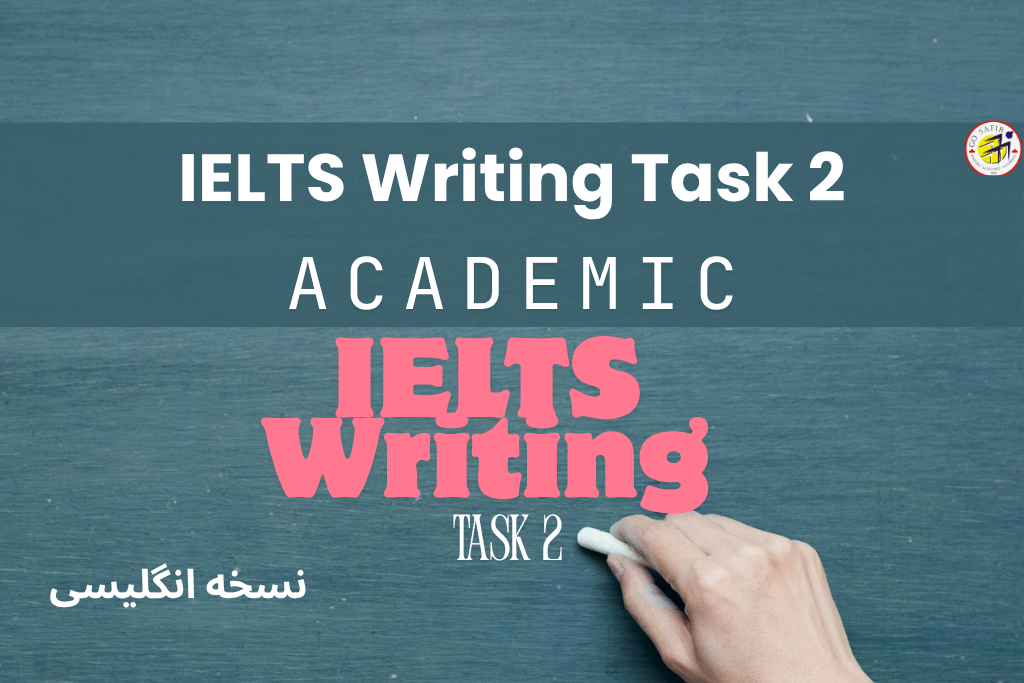Before Writing: Brainstorming and Structure
Before you start writing your essay, it is essential to carefully study and analyze the topic. Understanding the question thoroughly and examining its various aspects will help you stay on track.
The next step is to design an outline. This outline defines the essay’s structure and acts like a map guiding your thought process from introduction to conclusion.
Remember that your essay should be based on facts and evidence. Therefore, before writing, note down facts, information, and examples you plan to use.
At this stage, brainstorm all sides of the topic, including viewpoints that may oppose your opinion. Understanding opposing views helps strengthen your arguments. However, throughout the essay, you will steer the evidence to support your perspective.
It is also recommended to have a concrete example for each fact or point you make. These examples play a key role in convincing the reader and improving your score.
Introduction: How to Start an Essay?
The beginning of an essay is a decisive moment. The first sentence can captivate the reader’s mind or let them pass by indifferently. To write an effective IELTS introduction, a deep understanding of the topic and a clear, unique viewpoint are necessary.
Before writing, pause for a moment: read the topic carefully, clarify your angle, and analyze your feelings about the issue. At this stage, words flow naturally rather than forced from your mind.
Your first sentence does not need to be a literary masterpiece. Even a simple sentence, if based on understanding and thought, can lay a strong foundation for the essay.
Sometimes, instead of a definitive statement, you can start with a thought-provoking question to engage the reader.
Following the introduction, two or three sentences can support your initial claim or provide background.
The most important part of the introduction is the thesis statement; this sentence reveals your purpose in writing the essay.
At the end of the introduction, the writer can briefly outline the main points to be discussed in the essay; this is called the blueprint.
Sample Introduction Paragraph
🧠 Topic:
Some people believe that working from home is more beneficial than working in an office. Do you agree or disagree?
✍️ Introduction Paragraph:
The way we work has drastically changed in recent years, especially with the rise of digital technologies and global shifts like the COVID-19 pandemic. Many people now argue that working from home offers more advantages than traditional office jobs.
👉 Thesis Statement:
I personally agree with this view, as working remotely not only increases productivity but also promotes better work-life balance.
👉 Blueprint:
This essay will explore how remote work leads to improved efficiency and explain why it allows employees to manage their personal and professional lives more effectively.
Body Paragraphs
After writing the introduction, you move on to the body paragraphs. Each paragraph discusses a specific idea.
Each paragraph should begin with a topic sentence that expresses the main idea of that paragraph.
Following that, two or three sentences should support the idea with explanations, reasons, or logical conclusions.
Finally, provide a concrete example to strengthen and validate your viewpoint.
An important point is that all sentences in the essay must be closely connected and aligned with the thesis statement.
Sample Body Paragraphs
🟩 Body Paragraph 1:
Topic Sentence: One major advantage of working from home is increased productivity due to fewer distractions.
Supporting Reasons: At home, employees can work in a more personalized and quieter environment, which helps them concentrate better.
They also save time by avoiding long commutes.
Example: A 2022 study by Stanford showed that remote workers were 13% more productive than office-based colleagues.
🟦 Body Paragraph 2 (Critical Approach):
Topic Sentence: However, remote work is not without its drawbacks, especially in terms of teamwork.
Supporting Reasons: Remote work can lead to isolation and reduced collaboration.
Example: Some tech companies found innovation declined due to less spontaneous communication.
Conclusion
The conclusion is the final part of your essay; it confirms and reinforces the opinion stated in the introduction, based on the evidence presented in the body paragraphs.
A good conclusion usually consists of two parts:
1. Restating the writer’s opinion based on the evidence provided.
2. A brief look to the future or implications, showing the breadth of your perspective.
Example:
In conclusion, although working from home may reduce face-to-face interaction, its advantages in terms of productivity and work-life balance make it a better choice for many employees. In the future, companies that adopt flexible work models are likely to attract and retain more motivated and satisfied workers.

